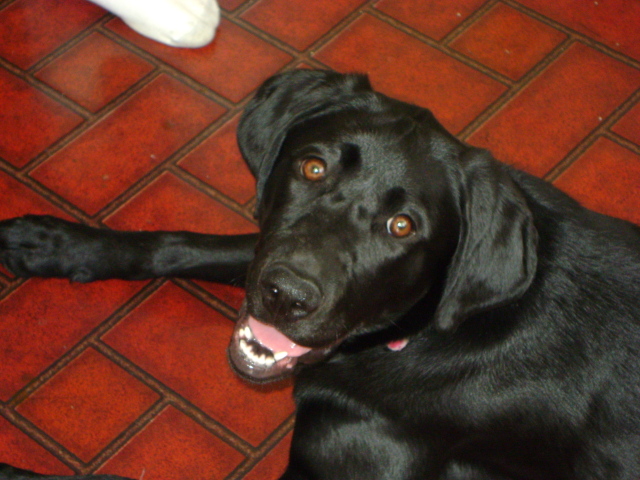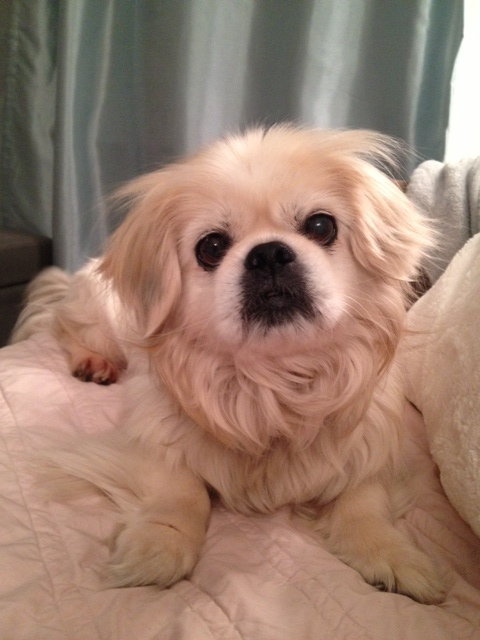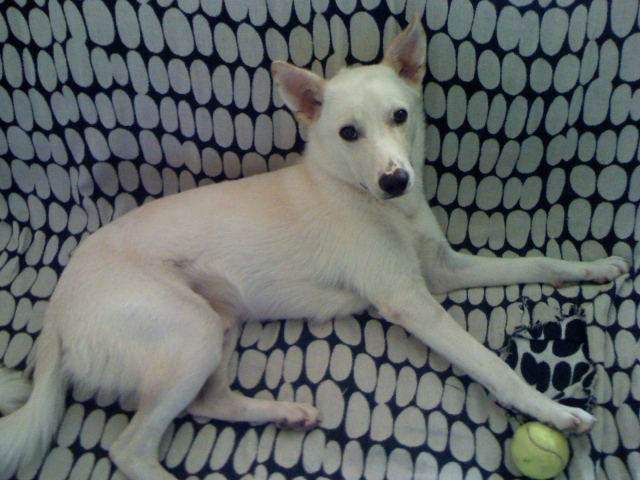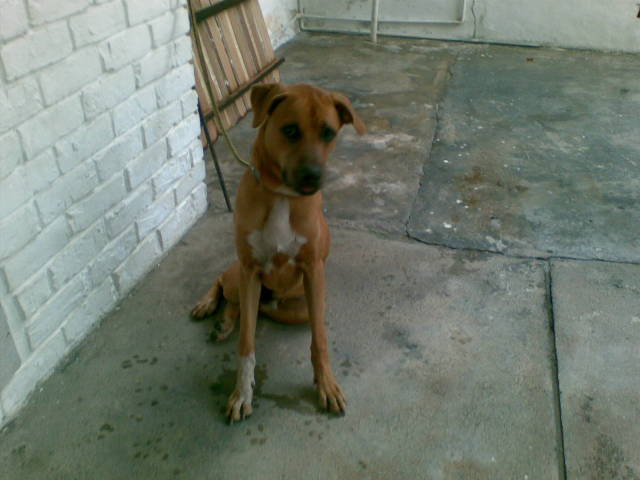QuestionHi, I have a one year old female Siberian Husky and a 18 month old male lab husky mix. We also recently adopted a stray female, estimated around 4-6 months. I've noticed recently that my Husky is very protective of my lab. When he meets other dogs on the street, she growls at them, when he and the stray are playing, she goes after the stray. She never hurts or even really bites the other dog, but i'm not happy with this behavior. We want to take them to a dog park, but her behavior would send the other owners into a fit. Our lab has recently been neutered and he's a great friendly dog, happy to play with everything he meets. She also steps in and won't let him play. Why is she doing this and how can I make her stop?
Thanks in advance,
AnswerThe Husky is very close to type in behavior; your female is at the "top of her pack" and is behaving appropriately by "splitting" the male (her pack member) from any other dog, including the puppy you have adopted. Because this behavior is recent, it may be the result of your having added the new puppy, but it may also have been less obvious to you until the puppy's arrival. This signal is clear and obvious to any other dog, but it renders her an inappropriate dog park participant. It also indicates that you do not have psychological control in this situation (at home).
Because there are three dogs involved, and one of them is a very young female, this could erupt into a serious free for all between the two females if intervention is not made. It also requires your education in dog psychology and a multiple dog household. I'll give you recommendations to educate you, but really you need the hands on, in person evaluation of a certified applied animal behaviorist. I suggest you attempt to get referral by calling the high end veterinary clinics in your area or the veterinary college closest to you.
Meanwhile, you need to learn about dog communication so that you can more closely ascertain what's occurring in your Husky's thought processes and also observe the developing temperament in the younger female you have adopted. Read Turid Rugaas' "Calming Signals" and Patricia McConnell Ph.D's book on multiple dog households, as well as John Fisher's "Think Dog". Learn about positive reinforcement training by going to Clickertraining.com. Teach all your dogs one simple behavior (separate from one another); consider the male to be at the "bottom" of this pack, since the male almost always acquiesces to any female; observe the developing temperament of the younger female, who may very well be far too close in temperament to the adult Husky (evaluate this from your literature.) Watch the interaction between the two females, especially as the younger one matures, but put all three on a regimen of working for food, interaction with you, etc. For now, treat the Husky as the higher ranking of the three but make her EARN everything, and be certain you require this of the other two as well, or you may be upsetting this fragile hierarchy. Once you, and the professional you have hopefully hired, have determined whether the Husky is actually stronger in temperament than the developing younger female, you can use your ability to read body signals and reward the less dominant female for displaying subdominant or submissive behaviors while controlling the Husky's natural proclivity to "run your pack".

 Black lab - 1 yr
QuestionSheba
QUESTION: My lab loves to bite her
Black lab - 1 yr
QuestionSheba
QUESTION: My lab loves to bite her
 Nightmares?
Question
Beethoven
Hi Melissa, Ive had my very h
Nightmares?
Question
Beethoven
Hi Melissa, Ive had my very h
 Agressive 1 yr old mini goldendoodle
Question
our millie
My husband and I got our min
Agressive 1 yr old mini goldendoodle
Question
our millie
My husband and I got our min
 Dog walking problems
Question
Snickers
I have been trying to train my dog SN
Dog walking problems
Question
Snickers
I have been trying to train my dog SN
 dogs behaviour
QuestionMy 8 months old Dusto
QUESTION: My puppy
dogs behaviour
QuestionMy 8 months old Dusto
QUESTION: My puppy